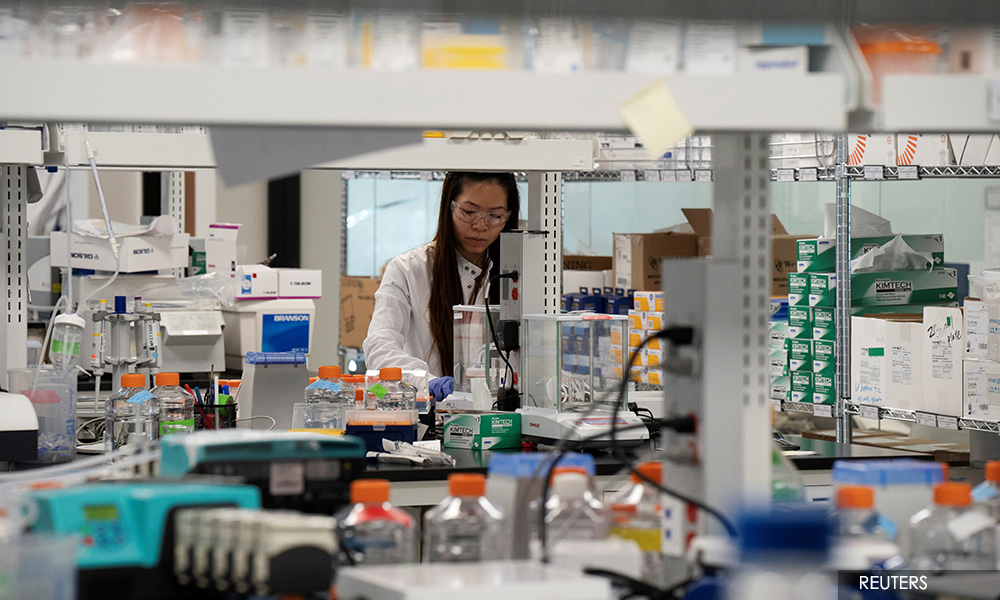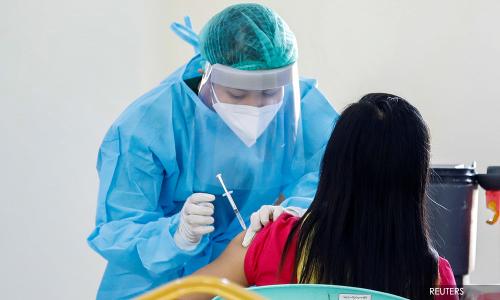COMMENT | Covid-19 vaccine safe despite short development time
COMMENT | “Doc, I don’t trust the Covid-19 vaccine because it’s too rushed. Normally, vaccines take seven to 10 years to research.”
Here is a post to reassure you that the Covid-19 vaccine is as safe as possible, with only one year of effective and accelerated research.
1. Seven to 10 years is not automatically safe.
Most of those seven to 10 years are spent waiting, not researching. Scientists wait for money, for approvals by committees who meet twice a year, or for paperwork. They also wait for patients to join their trials; this is a major wait.
Many things can change in that time. Scientists move to new jobs or they lose interest. Drug companies change leaders, who then change research agendas or marketing strategies. You see, science has real-life problems like other companies.
2. Vaccine research can take seven to 10 years because money is limited.
Money is limited because most infectious diseases happen in tropical countries. But pharma is largely based in the US/EU and Japan. Pharma doesn’t invest in tropical diseases because it’s not profitable.
It’s true that tuberculosis, malaria, dengue and HIV are serious diseases. But it’s also true that they don’t have the global scale, severity and urgency of Covid-19. So, pharma invests a lot more for a Covid-19 vaccine because it’s likely more profitable. More money = faster research.
3. Governments and philanthropists also gave a lot of money into Covid-19 research.
This was much higher compared to the history of vaccine research. This was also much higher than other branches of science in 2020. More money = faster research.
4. Science is so much more advanced in 2020 compared to history.
That helped accelerate Covid-19 vaccine research. Other vaccines needed seven to 10 years because they were using less advanced technology.
5. The world has more vaccine scientists in 2020 compared to history.
They were supported by more biologists, chemists, immunologists, manufacturing experts etc, compared to history.
Everyone worked together to compress 10 years of work into one year.

6. Vaccine scientists were building on previous work on mRNA and coronaviruses.
They didn’t start from zero. Previous research and knowledge allowed them to accelerate their research into the Covid-19 vaccine.
7. Scientists had many volunteers for the Covid-19 vaccine.
Pfizer recruited 40,000 subjects, Moderna 30,000, Astrazeneca-Oxford 20,000. These are large numbers usually achieved over two to five years. But it was much easier to find volunteers for Covid-19, for obvious reasons.
8. Pharma was backed by market guarantees.
This is when governments basically promised to buy the vaccines if they were successful, before the research even started. This gave scientists an incentive to work faster and harder, and pharma to invest more money.
9. Covid-19 saw much greater collaboration (by data sharing) and competition (over 100 vaccine candidates) than other infectious diseases.
Other infectious diseases maybe had one to two companies competing over 10 years, with little data-sharing. Collaboration + competition = faster research.
10. There’s no single magic reason why the vaccine was successful after one year.
The nine reasons combined in this triumph of science. Ten years of inefficient work was compressed into one effective year.
11. Of course, more long-term data is always helpful.
But the “endless chase for perfect data” requires a separate article. This piece is only to explain how the research was conducted in one year, for a safe and effective vaccine. Meanwhile, Covid-19 rages around us.
12. This vaccine is a triumph of science.
After the National Pharmaceutical Regulatory Agency (NPRA) approvals, we should be confident in its safety. Although only a year, it was very well spent. It proves that clever scientists can achieve wonders, if given enough money and political will.
I will take the vaccine happily.
DR KHOR SWEE KHENG specialises in health systems and policies.
The views expressed here are those of the author/contributor and do not necessarily represent the views of Malaysiakini.
RM12.50 / month
- Unlimited access to award-winning journalism
- Comment and share your opinions on all our articles
- Gift interesting stories to your friends
- Tax deductable
